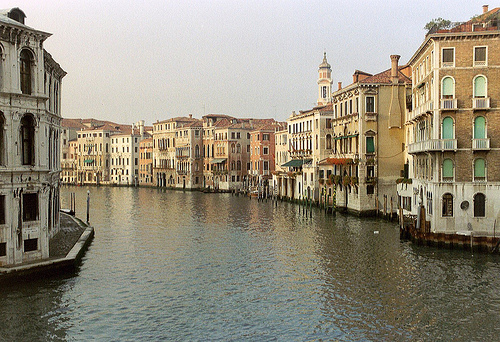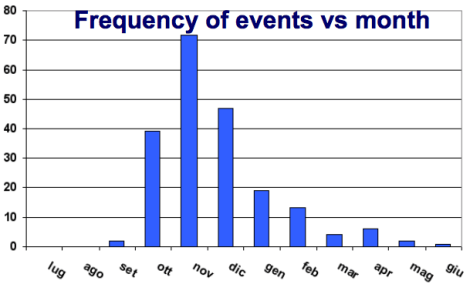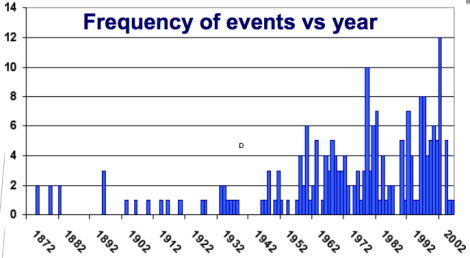Every so often, a combination of high winds and high tides flood Venice, Italy. The phenomenon, known as acqua alta or “high water,” submerges the already-sodden city in water feet deep. And — big surprise — it’s happening more than it used to.
This weekend, acqua alta swamped the city, rising to about 1.5 meters, or almost five feet, above sea level.
http://www.newslook.com/videos/510324-floods-swamp-venice
From The Sydney Morning Herald:
Venice’s high water, or “acqua alta”, said to be the sixth highest since 1872, flooded 70% of the city and was high enough to make raised wooden platforms for pedestrians float away. The record high water in Venice — 1.94 metres in 1966 — prompted many residents to abandon the city for new lives on the mainland.
Venetians bombarded Facebook with moans about the city’s weather forecasters, who had predicted just 1.2 metres of water on Saturday, before correcting their forecast at dawn on Sunday. …
Matteo Secchi, a hotelier and head of a protest group, who grew up in ground floor flat in Venice and recalls splashing into water on getting out of bed, said his hotel was only safe up to 140cm. “This morning the lagoon came right into the hotel entrance, and this is not clean water — you need to mop with disinfectant twice after it goes down,” he said. “The British tourists don’t complain but the Americans can’t understand how it’s possible.”
The Americans, I suspect, are starting to catch on. And also? I’m glad I’m not a Venetian weather forecaster.
Venice would be in jeopardy even if sea levels weren’t rising. As Atlantic Cities notes:
The city is actually sinking into the water at a rate of about 2 millimeters per year, according to researchers at the Scripps Institution of Oceanography at the University of California, San Diego. Two millimeters might not seem like a lot — that’s only a drop of 1 centimeter every five years — but couple it with the 2 millimeters per year that sea levels are rising, and the problem starts to get at least a little concerning.
A 2010 report [PDF] from Australia’s Commonwealth Scientific and Industrial Research Organization notes that November is the most common month for acqua alta …
… and that the events are becoming more common over time.
There is one advantage that Venice has in the event that its fate mirrors that of Atlantis, an advantage over many other low-lying and ocean-adjacent locales as sea levels rise: It’s already outfitted with a full complement of boats.
Update: The Atlantic has a remarkable gallery of photos from the flooding.





